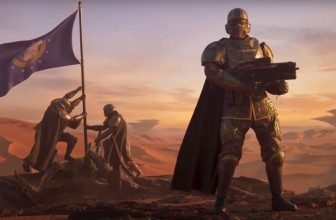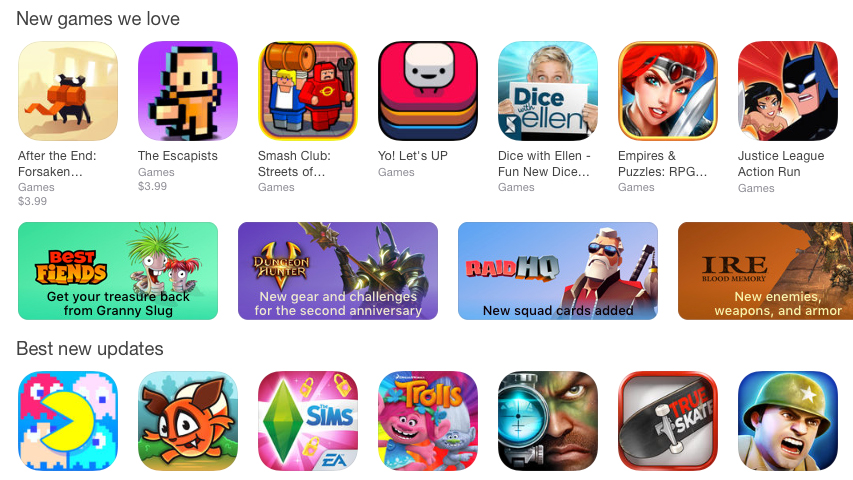
There are more than two million mobile apps available on the App Store right now (and that number is rising rapidly as you’re reading this), according to Statista – and a whopping 23% of those are games.
Not only are gaming apps the most popular category, they’re also the apps people spend the most time using. Figures suggest users spend an average of 7.55 minutes in a gaming app session, which (unsurprisingly) makes it the most profitable app category out there.
But while big-name games and world-renowned studios are responsible for lots of these sales, like Sniper Hitman, Monopoly and Minecraft, there have been some breakthrough hits from indie developers and smaller companies over the years – Monument Valley and Alto’s Adventure are two that spring to mind – that prove you don’t necessarily need a wealth of experience, a big budget or a global team to make your iPhone game a reality – just a good idea and truckloads of enthusiasm.
TechRadar talked to some inspiring people working in the iPhone gaming industry who took small ideas and turned them into big successes. So read on to learn a bit more about how an iPhone game is created, and how you can turn your dreams into downloads.
Step 1: get all your ducks in a row
Chris Thomas is the developer behind Fuzzy Face Studio and created the virtual pet game Tweechi, bringing together a team of four enthusiasts who built the game during evenings and weekends while also holding down full time jobs.
We chatted to Thomas about how Fuzzy Face came about. “The team is comprised of friends I went to college with or who I worked with in previous jobs, all of whom I knew were passionate about games and brought specific skills to the table – art, animation and coding knowledge,” he explained.
“We had weekly video calls to revise new builds and effectively designed as we went. It was a fun and valuable experience.”
His top tips for getting started once you’ve assembled your team are to stick to a plan – which he admits can be challenging when everyone has other commitments, too.
“Developing games as part of a small team means you have everyone suggesting ideas and it’s easy to get carried away and continue to add features to the project which pushes your release date further and further out,” he explains.
“The key is to agree on a ‘minimum viable product’ spec up front and stick to it rigorously. New ideas can be added via updates later if need be.”
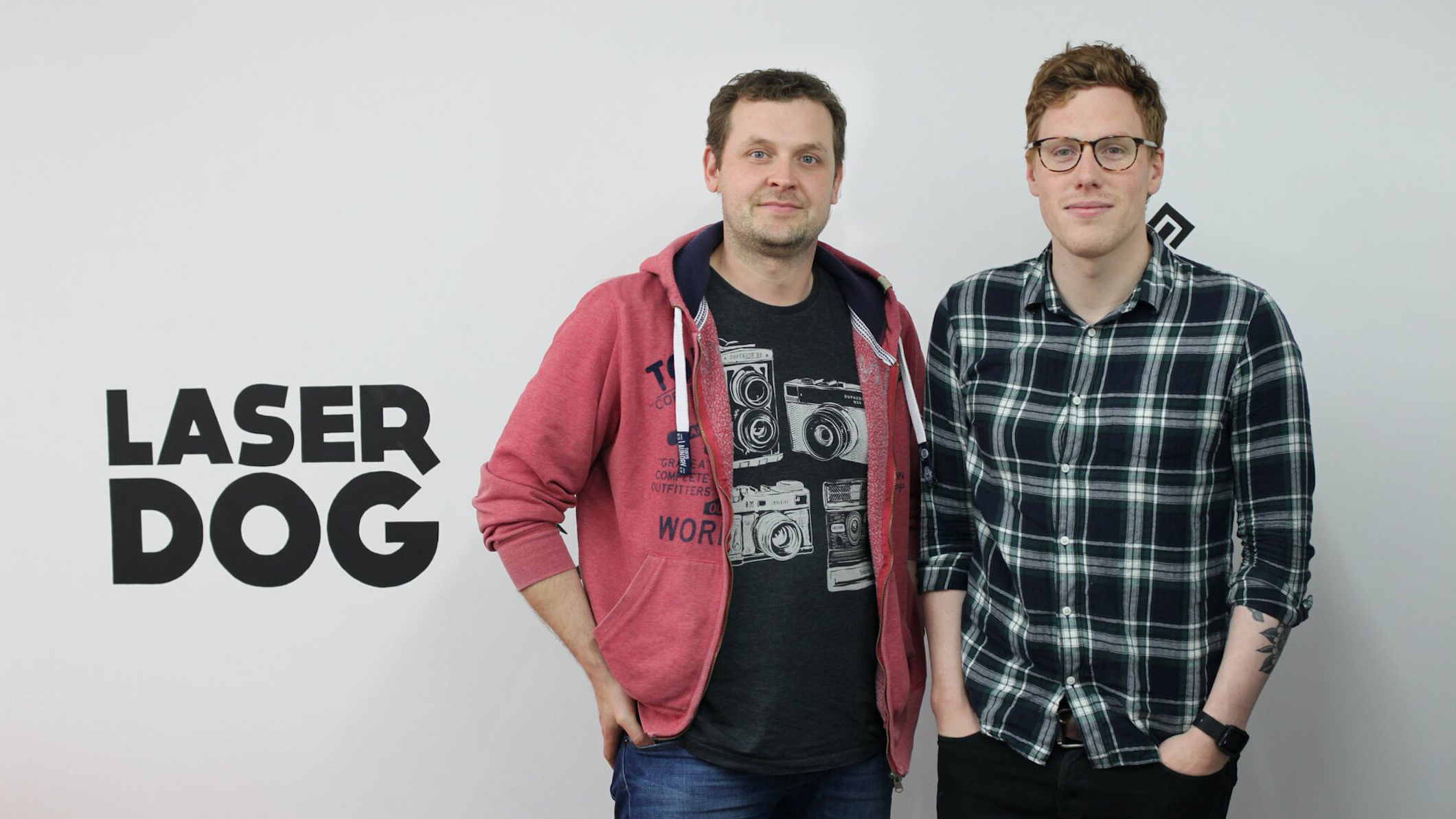
Mark Horneff, the managing director of Kuato Studios, which is behind big games like Dino Tales and Noddy Toyland Detective, agreed that the key is in the planning, whether you’re a one-man band or have a group of mates at your side.
“You need to carefully design and plan your app before you start to develop it,” he says. “There are plenty of resources out there to help, even if your budget is minimal.”
He cautioned that, while it’s great to dream big, budding games developers shouldn’t be over-ambitious. “Have realistic expectations as to what you can achieve in the time frame and within your budget – you might not necessarily invent the next ‘big thing’ but your sense of achievement will be worth it when you see your app on the App Store.”
Step 2: nail down your ideas
Rob Allison is a developer and co-founder of Laser Dog Games, a two-man independent studio behind games like Don’t Grind, ALONE and PKTBALL (which made Apple’s top 10 games for 2016 list). He tells us that one of the first things to think about when you’re dreaming up an iPhone game is to consider what sets it apart from the rest.
“There are so many developers out there working on mobile games, how is yours going to get seen?” He tells us. “This is always going through your mind while developing.”
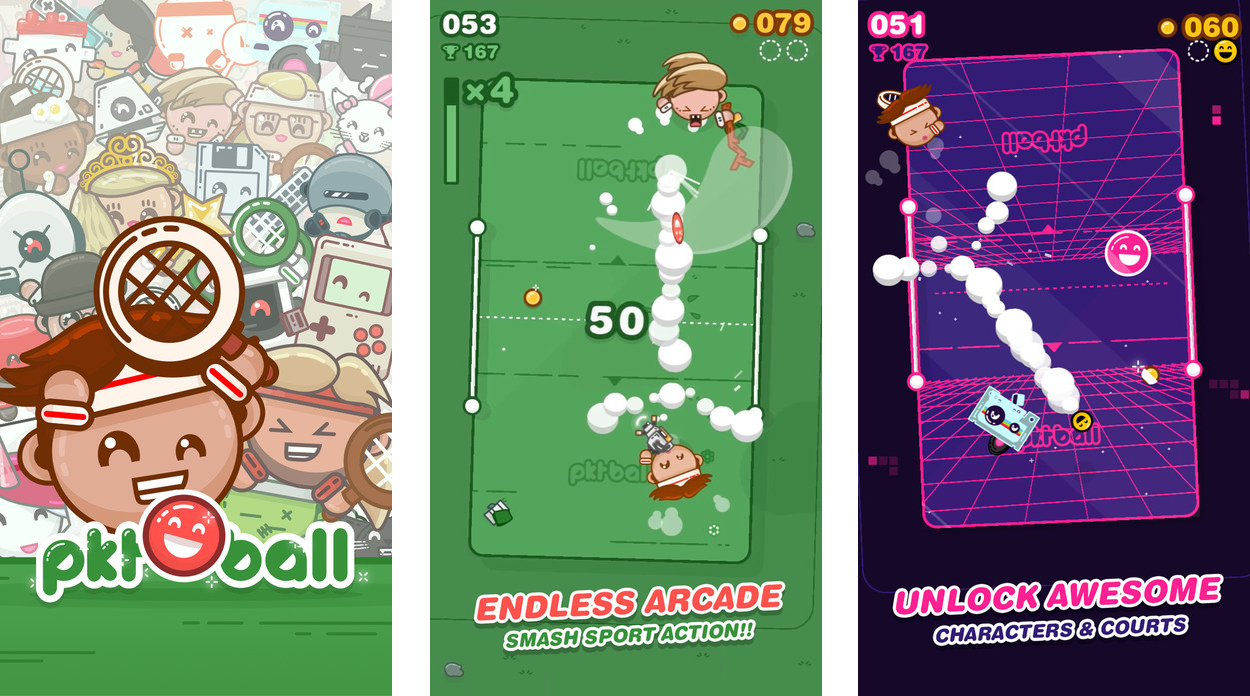
Allison suggests stripping the process back to basics, and asking the question ‘how will the game and controls work?’ before thinking about more about design elements and the ‘user journey’.
He adds: “Getting a control system that works well and is fun can be very challenging. We like to try unique ways of controlling the player rather than, for example, using on-screen buttons.”
Step 3: make sure you have the right skills
Allison works as part of a two-man team, and both of them get stuck into every process. “We’ve both had web design/development experience in the past, and luckily many of the same skills are used in game development,” he says. “We currently do all of the work – design, coding, artwork, music, marketing – in-house between the two of us.”
But, he says, a lack of experience shouldn’t stop people from giving game design a go. “In terms of the actual coding, it’s never been easier. There are so many tools and tutorial out there. There are a lot of game frameworks to choose from also, most aiming to make the development time easier and quicker.”
He believes the key to success when you’re starting out for yourself is patience. “Making a game takes a really long time,” he adds. “It’s easy to underestimate how long it takes to refine an idea and turn it into a finalised project.”
Step 4: know what kit you need
When it comes to equipment, it can be really tempting to shell out for expensive new kit. But, other than a Mac and a lot of enthusiasm, you probably don’t need that much.
Chris Thomas tells us: “The main disciplines you lean on, depending on the type of game, are art, animation and code. Each has its own set of tools and software – for example most artists rely on Adobe’s creative suite. In terms of equipment you really just need a computer, an iDevice and an idea.”
Step 5: building your game
The way you build a game, the tools you use and the people you bring in to help you will largely depend on your budget and goals. “I began learning how to make games with a framework called Corona SDK,” says Allison. “This greatly simplified the learning experience for me.”
“Firstly, there’s no native code (Objective C or Java) to work with; everything is written in a language called Lua. Lua is a really great language to get started with, as it’s clearly written and quite forgiving. With Corona, like most game frameworks, things are greatly simplified for the developer.”
To get an idea of how larger publishers create their games we spoke to the team at Devolver Digital, the team behind games like Downwell and Reigns.
Ojiro Fumoto, lead developer on Downwell told us: “I made the game mostly on my Macbook Pro running Windows on Bootcamp. I used a tool called Game Maker: Studio in developing the game, and Graphics Gale for drawing the graphical assets.”
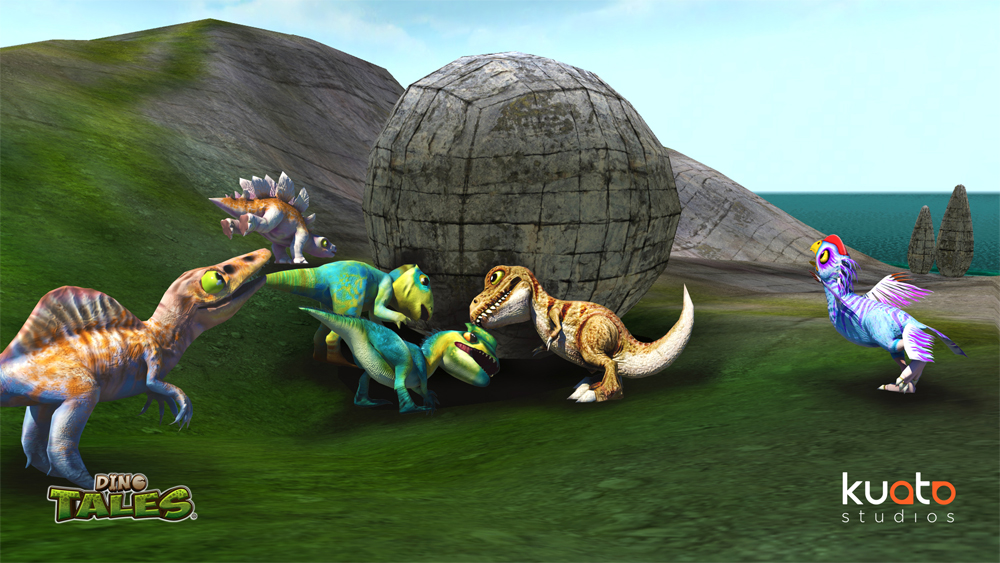
“I found the process pretty hard. I think the biggest challenge was designing different levels to feel different enough from each other, and also be interesting and fair.”
François Alliot, the lead on Reigns explained: “I needed a computer, a Unity license and Skype to talk to my colleagues. That’s about it really, and a lot of time. Also, we did QA [quality assurance] and testing before the release, which was essential to be able to release a quality game.”
Step 6: getting onto the App Store
You may have heard a lot of tales about how difficult it can be to get your creations onto the App Store. But fortunately the process is now easier than ever.
Thomas explains: “Submitting apps to Apple is a fairly straightforward process these days. Once you sign up for a developer’s license you’re able to log in to a dashboard and submit your game or app for approval, in a similar process to filling out any other form online.
“You upload screenshots, and type up a description to live on the App Store. Once you submit, Apple will take around about a week to go through the app to make sure it doesn’t break any terms of service. Once it’s approved you get notified and it’s up to you when to press the big ‘Go Live!’ button.”
Step 7: raising awareness and securing good reviews
Many of those hoping to break into the iPhone gaming market assume the hard work is done once your creation is on the App Store. But that’s often only half the battle.
We asked the experts how they go about promoting their work and making sure that people want to download it. Allison told us: “We’re fortunate, as most of our games have been featured on the App Store once they’ve been launched. This drives a lot of traffic to your game’s App Store page.”
“There’s no method for getting featured on the App Store though. When we’re about a month away from submitting our game, we send Apple an email containing screenshots and videos. If the editorial team see it and like it, there’s a chance they might feature it.”

Thomas told us he had a similar experience. “Luckily Tweechi was featured under ‘New Games We Love’, which helped to drive thousands of installs in the first week,” he says. “After that downloads dropped off sharply.”
Beyond getting featured on the App Store, we asked what others steps game creators can take to promote their work. Thomas told us: “Press coverage is great, and increases the chances that someone at Apple will notice you, but it rarely leads to large uptick in users directly.”
Allison also suggested relying on online PR tools, such as blogging and using Twitter, as a way to connect with potential new users, while Mark Horneff recommends reaching out to other bloggers.
“Bloggers and review sites are a great marketing opportunity, so be sure to take advantage of your promo codes and send them a review copy of your game,” he told us. “Another great idea is letting reviewers get an early exclusive sneak peek at your game via the Testflight beta programme.”
What’s the best piece of advice for budding game creators?
We asked Thomas the advice he’d give to anyone thinking of creating their first game.
“Do it because you enjoy it,” he told us. “If you put together a team and build something simply to make money you will be sorely disappointed if your game doesn’t take off. The old saying is true: if you love what you do you’ll never work a day in your life.”

Horneff said he’d tell anyone who felt intimidated by the prospect of developing a game on their own to network, and reach out to others. “Ask friends if they can help you out – knowledge transfer will always be useful to you.”
We asked Allison what he would have told himself back when he first started, if he knew what he knows now.
“The best advice I’d give myself back then is to be patient, and finish the tutorials that you’ve started,” he told us. “Find a toolset that has an active community; it’s so much easier when you can ask real people for help and tips.”
He then recommends throwing yourself into making a small game, taking things slowly. And most importantly? “Finish a game,” he says. “It doesn’t matter what game it is – just finish it and have people play it.”
Source: techradar.com








































